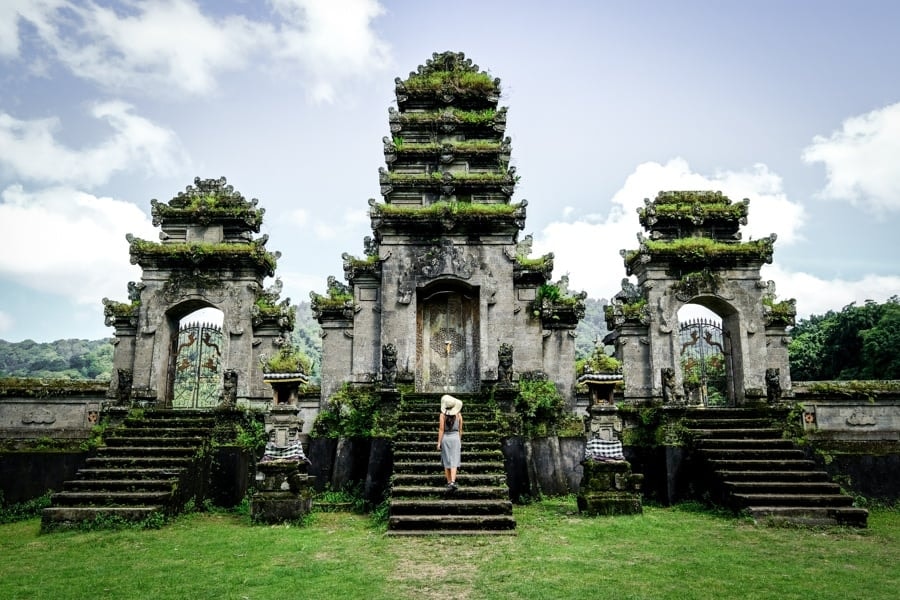Searching for the best temples in Bali? This guide covers must-visit temples like Pura Besakih and Tanah Lot along with hidden gems. Discover the top spiritual and cultural landmarks Bali has to offer.
Key Takeaways
- Bali is home to stunning temples like Pura Besakih, Tanah Lot, and Uluwatu, each offering unique cultural experiences and breathtaking views.
- Lesser-known temples like Pura Gunung Kawi, Taman Ayun, and Ulun Danu Tamblingan provide quieter, more intimate visits that delve into Bali’s spiritual heritage.
- Visitors should respect local customs, including appropriate dress codes and etiquette, to ensure a meaningful temple experience.
Top Temples to Visit in Bali
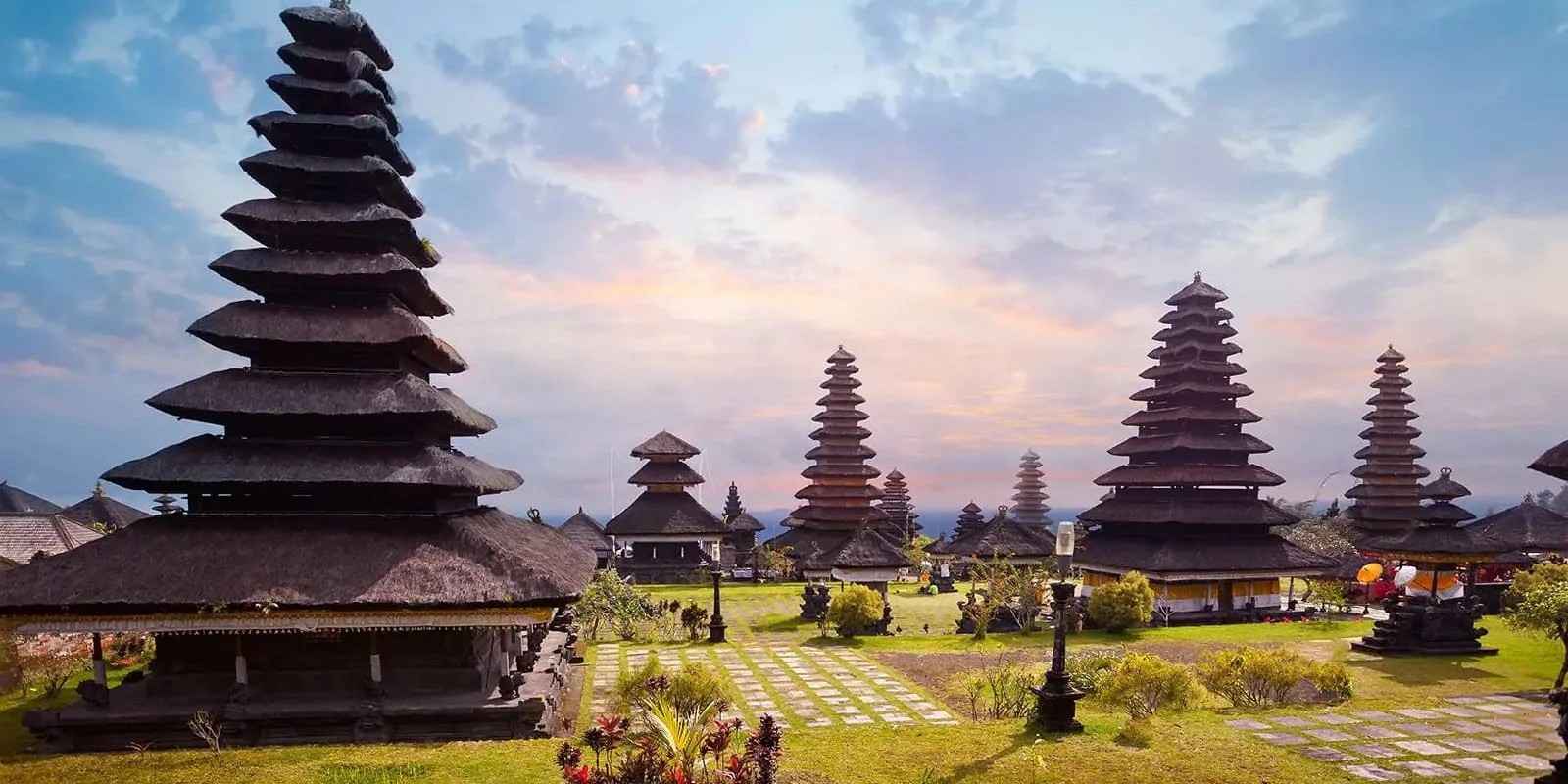
Source: banjarhotspring.com
When it comes to visiting Bali temples, some stand out not just for their spiritual significance but also for their stunning architecture and scenic locations. Among the best temples in Bali are Pura Besakih, Tanah Lot, and Uluwatu Temple.
These renowned temples offer a deep dive into the island’s rich cultural tapestry. Each iconic site holds unique features and history that make them standout landmarks in Bali.
Pura Besakih Temple
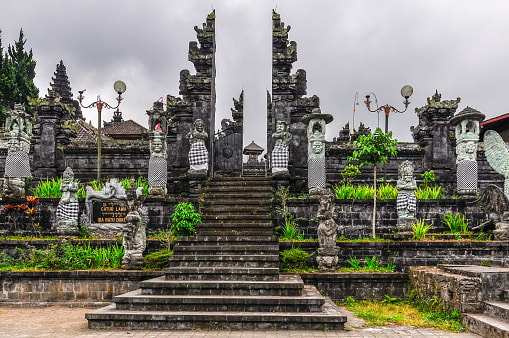
Source: istockphoto.com
Perched on the slopes of Mount Agung, Pura Besakih, also known as the “Mother Temple,” is the largest and holiest Hindu temple complex in Bali, therefore the most important temple. This ancient Hindu shrine is dedicated to the Hindu trinity of Brahma, Vishnu, and Shiva, making it a significant pilgrimage site for the Balinese people. The Balinese Hindu temple complex comprises 22 individual temples, each with its unique significance, creating a breathtaking temple experience for visitors.
Pura Besakih has stood for more than 1,000 years, and its ancient architecture reflects the deep spiritual beliefs of the Balinese. Visitors should note that only Hindus are allowed to climb the long staircase of this ancient temple, which represents the seven levels of the Hindu temple universe.
Visitors are required to pay an entrance fee of IDR60,000 and wear a sarong as a sign of respect. The temple’s location provides breathtaking views of the countryside, making it an essential stop on any Bali temple tour.
Tanah Lot Temple

Source: thecolonyhotelbali.com
Tanah Lot Temple, celebrated for its dramatic offshore setting on a rocky outcrop surrounded by waves, is one of Bali’s most picturesque sites. This Balinese temple offers stunning ocean views and is particularly famous for its beautiful sunsets. Its scenic location makes it one of the most photographed temples in Bali.
When the tide is low, visitors can walk across to the temple and receive blessings from monks, who provide grains of rice as a symbol of good fortune. The cultural significance of Tanah Lot Temple is deeply rooted in Balinese mythology, associated with the 16th-century priest Dang Hyang Nirartha.
The entrance fee is IDR 60,000, and the temple is easily accessible from various parts of South Bali, making it a popular spot for tourists and locals alike.
Uluwatu Temple
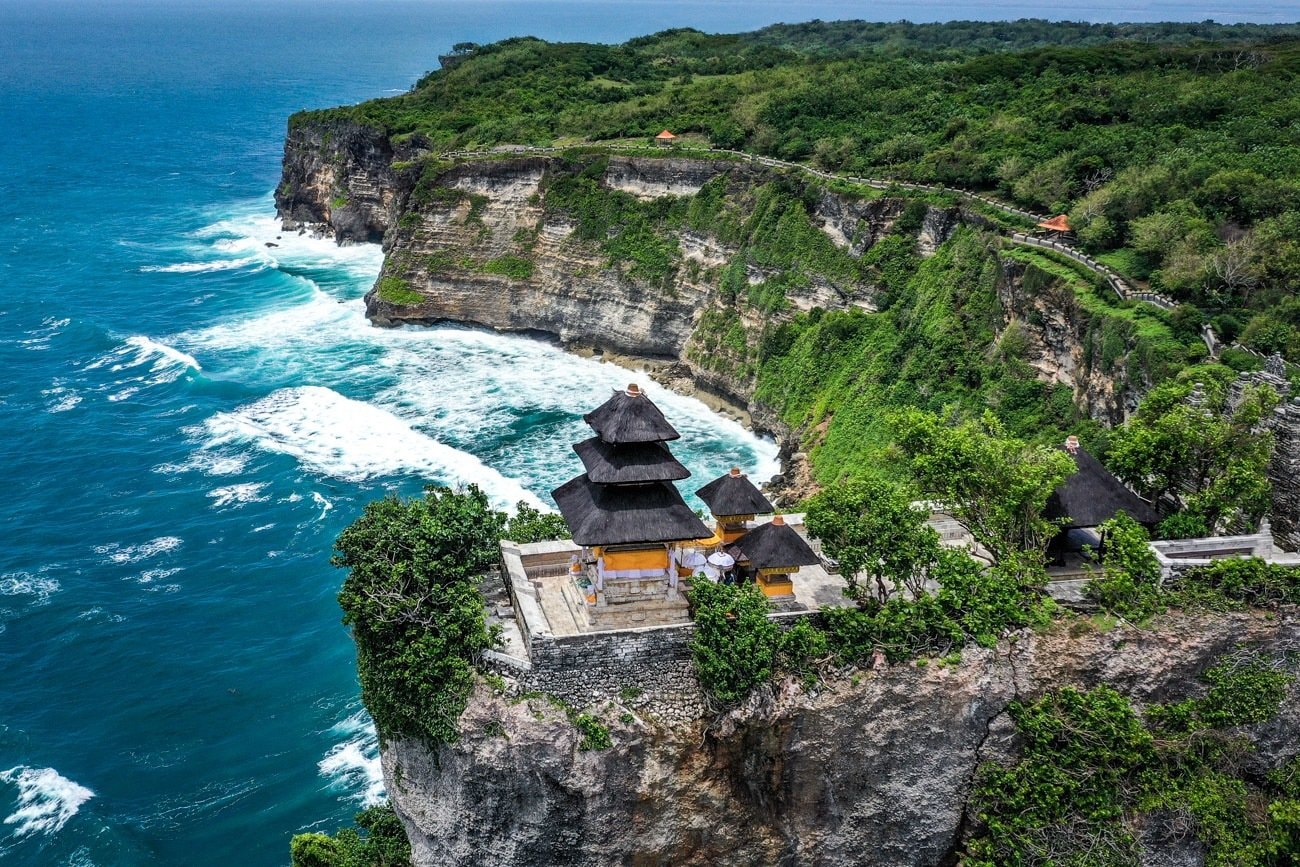
Source: theworldtravelguy.com
Perched high on a cliff overlooking the Indian Ocean and crashing waves, Uluwatu Temple is one of Bali’s most iconic sites. Located at the southwest tip of the island, this breathtaking temple offers stunning panoramic views and is renowned for its dramatic sunsets. This Hindu temple is dedicated to the Hindu gods Shiva, Vishnu, and Brahma, making it a significant site for the Balinese.
Uluwatu Temple is also famous for its Kecak dance performances held at sunset, adding a rich cultural experience to the visit. However, visitors should be cautious of the monkeys that inhabit the area, known for their mischievous behaviour. The entrance fee is IDR 40,000, and wearing a sarong is required to respect the temple’s sacred grounds.
Hidden Gems: Lesser-Known Bali Temples
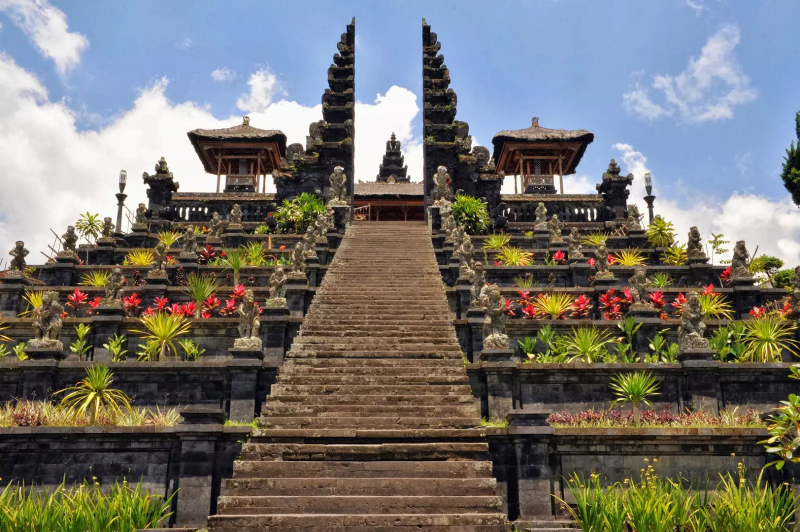
Source: hideoutbali.com
Beyond the famous temples, Bali is home to numerous lesser-known temples that offer a more tranquil and intimate experience. These hidden gems include Pura Gunung Kawi, Taman Ayun Temple, and Ulun Danu Tamblingan Temple.
Each of these beautiful temples provides a unique glimpse into Bali’s spiritual heritage without the bustling crowds of the more popular sites.
Pura Gunung Kawi
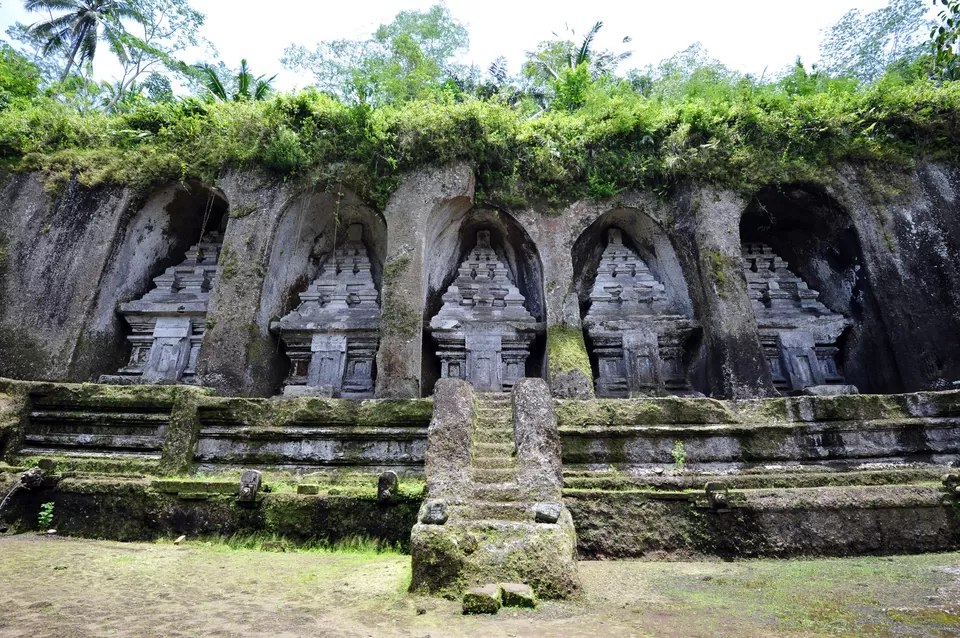
Source: tripoto.com
Pura Gunung Kawi, nestled in the lush rice fields near Ubud, is one of Bali’s most unique temples. This ancient Hindu shrine is surrounded by picturesque rice terraces and a small waterfall, creating a serene and tranquil atmosphere for visitors. The temple holds significant historical importance, with its rock-cut shrines dating back to the 11th century, making it a most sacred site.
This temple complex provides a peaceful retreat away from the tourist-heavy areas, allowing visitors to fully immerse in Bali’s natural beauty and spiritual heritage. The sounds of flowing water and verdant landscapes enhance the experience, making Pura Gunung Kawi a must-visit hidden gem.
Taman Ayun Temple
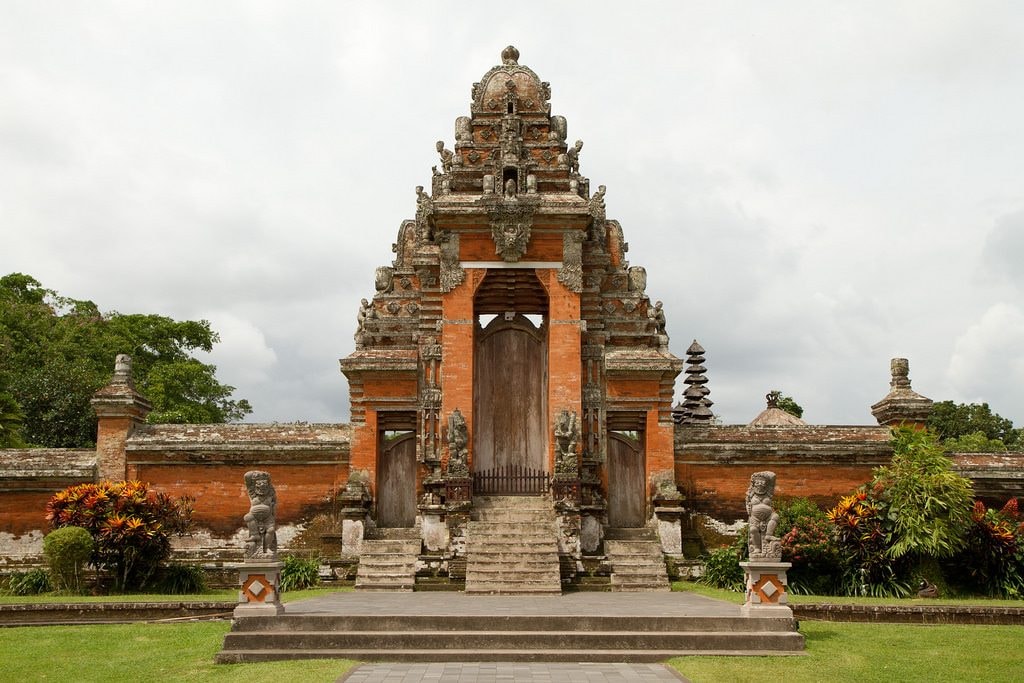
Source: baligateaway.net
Taman Ayun Temple, located in Mengwi, is renowned for its stunning architecture and tranquil gardens. Encircled by a picturesque moat and lush greenery, this beautiful temple provides a serene escape for visitors.
The traditional Balinese architecture and ornate wooden structures enhance the temple’s charm, making it a perfect spot for reflection and relaxation.
Ulun Danu Tamblingan Temple
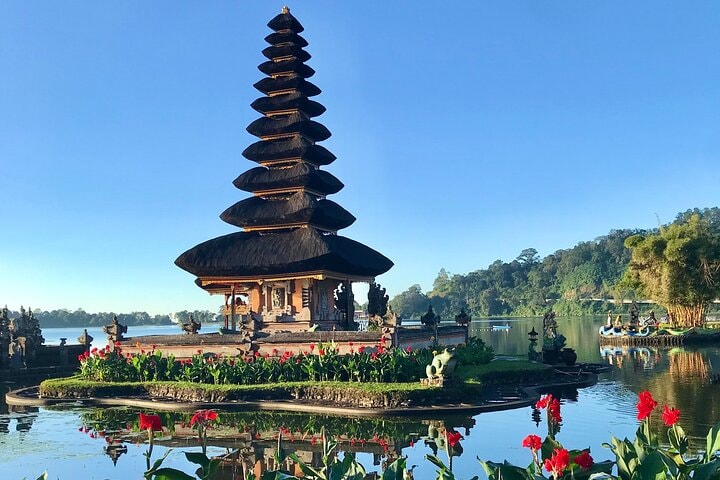
Source: peek.com
Ulun Danu Tamblingan Temple, situated on the shores of Lake Tamblingan, offers a unique and tranquil experience. This temple, located within a volcanic crater, is accessible by canoe during the rainy season when water levels rise.
The temple features two sanctuaries for different local groups, adding to its cultural significance. The serene surroundings and breathtaking views make Ulun Danu Tamblingan a hidden gem worth exploring.
Temples with Unique Features
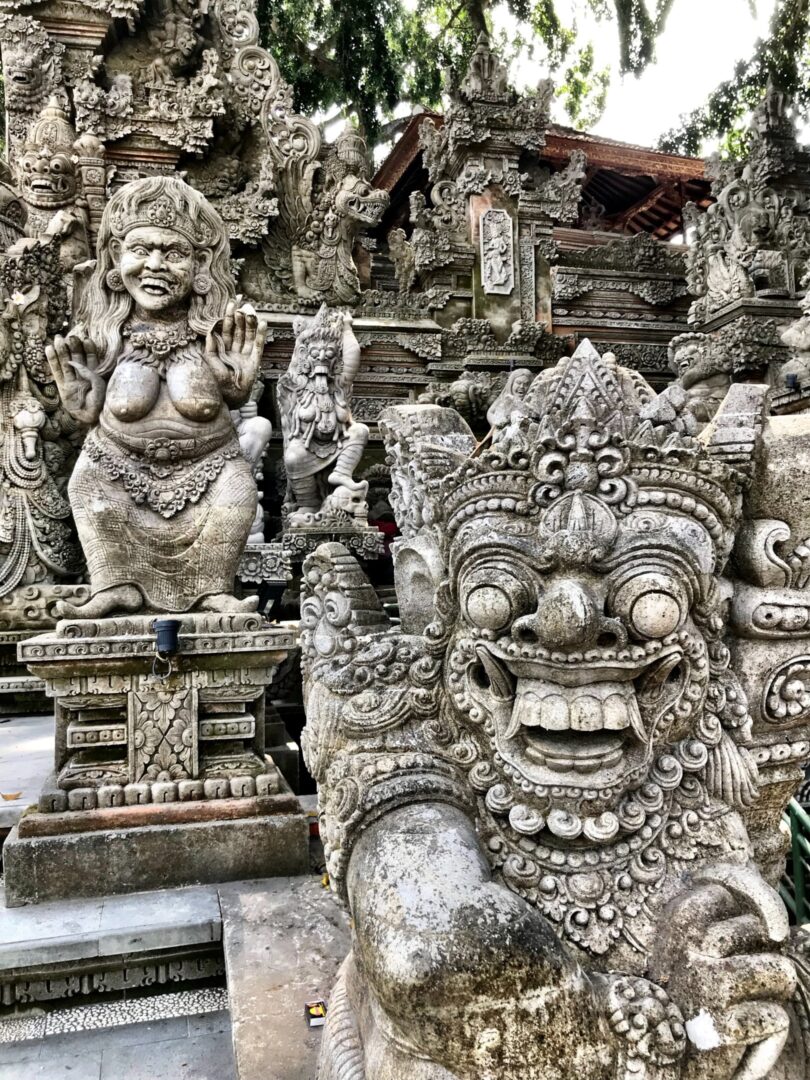
Source: thenotsoinnocentsabroad.com
Balinese temples are renowned for their unique architectural styles and cultural significance. From the ancient charm of Goa Gajah to the floating beauty of Ulun Danu Beratan and the panoramic views of Lempuyang Luhur, these temples offer distinct experiences that reflect the island’s spiritual heritage.
Goa Gajah Temple
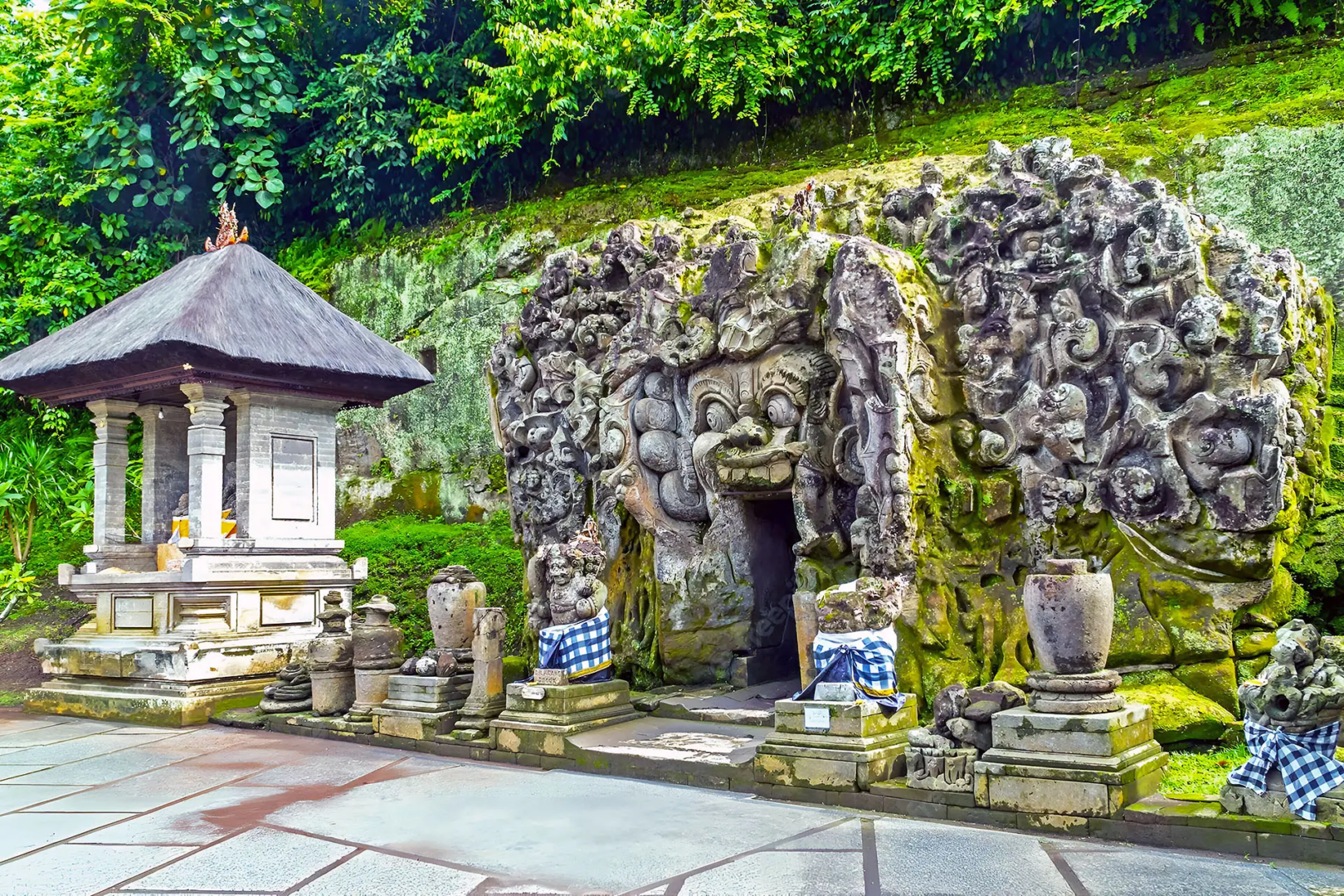
Source:trava.id
Goa Gajah, also known as the Elephant Cave, is one of the oldest and most intriguing temples in Bali. Dating back to the 11th century, this ancient Hindu shrine captivates visitors with its unique cave entrance, adorned with intricate stone carvings. Inside the cave, you’ll find a stone statue of Ganesh, fragments of a lingam and yoni, and seven statues of women, each adding to the temple’s mystique.
Outside the temple, beautiful ponds with rock sculptures enhance the serene atmosphere, making it a perfect spot for contemplation. The entrance fee is IDR 15,000, making it an accessible and affordable destination for visitors.
Goa Gajah’s blend of historical significance and natural beauty makes it a must-visit on any Bali temple tour.
Ulun Danu Beratan Temple

Source: celebritycruises.com
Ulun Danu Beratan Temple is situated on the shores of Lake Bratan. It is dedicated to the water goddess Dewi Danu. The temple’s unique floating appearance, created by its reflection on the lake, offers a serene and picturesque view that captivates visitors. The entrance fee for Ulun Danu Beratan Temple is IDR 30,000, making it an affordable yet unforgettable experience.
The temple’s stunning pagoda-like structure, intricate carvings, and surrounding lush hills create a tranquil atmosphere at this beautiful temple complex that is perfect for reflection and photography. Nearby attractions include the scenic Bedugul area, which offers additional opportunities for exploration and relaxation.
Lempuyang Luhur Temple
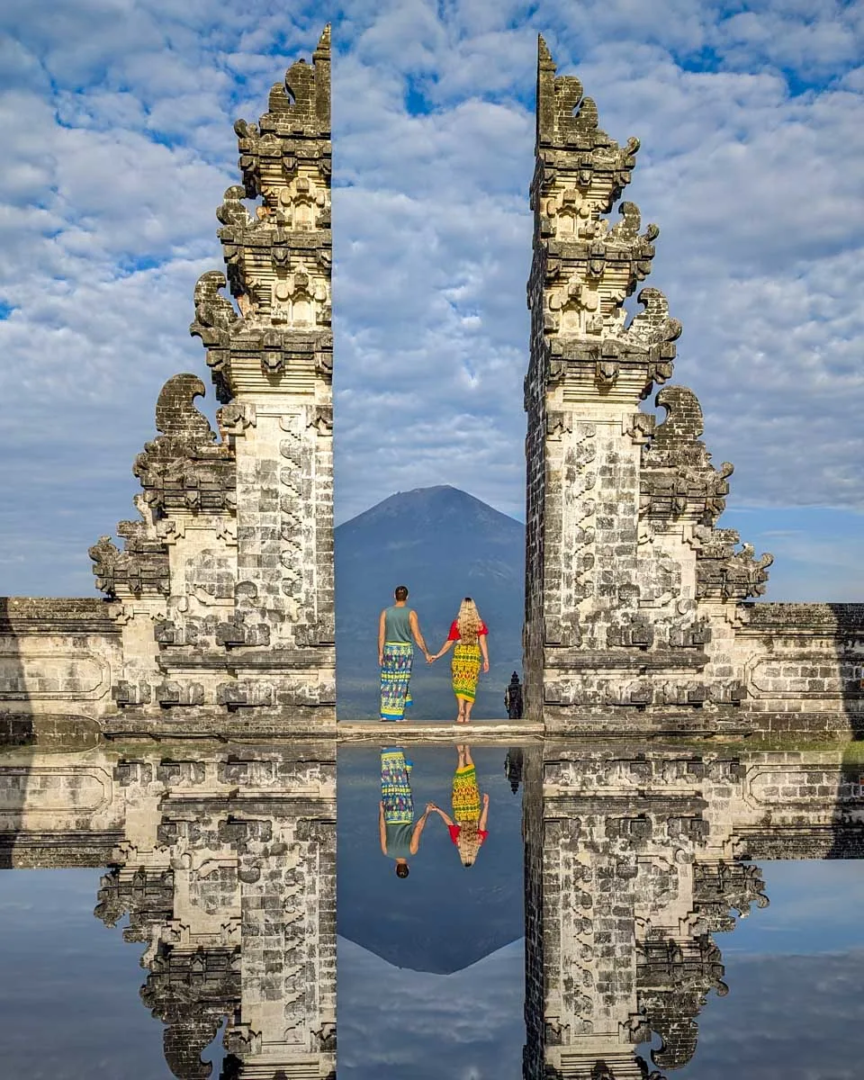
Source: destinationlesstravel.com
Known as the “Gates of Heaven,” Lempuyang Luhur Temple offers some of the most stunning panoramic views in Bali. Situated at an elevation of 3,280 feet, the temple provides breathtaking vistas of Mount Agung, making it a popular spot for photography and meditation. However, reaching the temple requires climbing many stairs, which adds to the sense of pilgrimage and accomplishment.
Its unique location and spiritual significance make Lempuyang Luhur a must-visit for anyone seeking to experience Bali’s natural beauty and cultural heritage. The climb is well worth the effort for the unparalleled views and tranquility.
Visiting Tips for Bali Temples
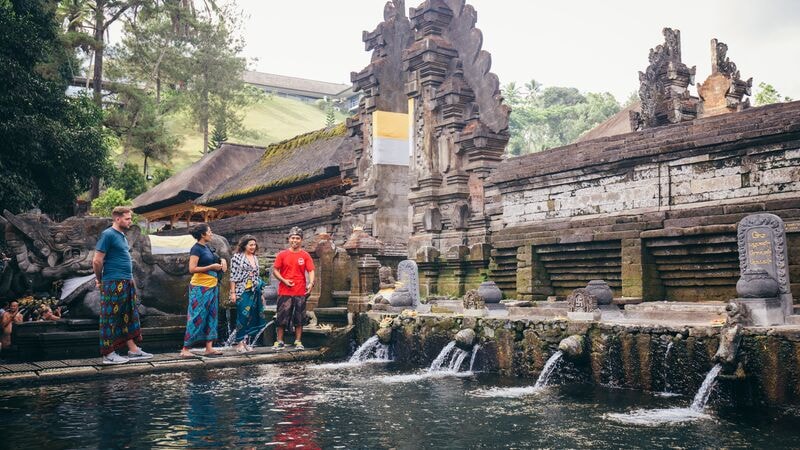
Source: intrepidtravel.com
Visiting Bali’s temples is a deeply enriching experience, but it’s essential to respect the local customs and traditions. Here are some practical tips to ensure a respectful and enjoyable visit, including dress code, etiquette, and the best times to visit.
Dress Code
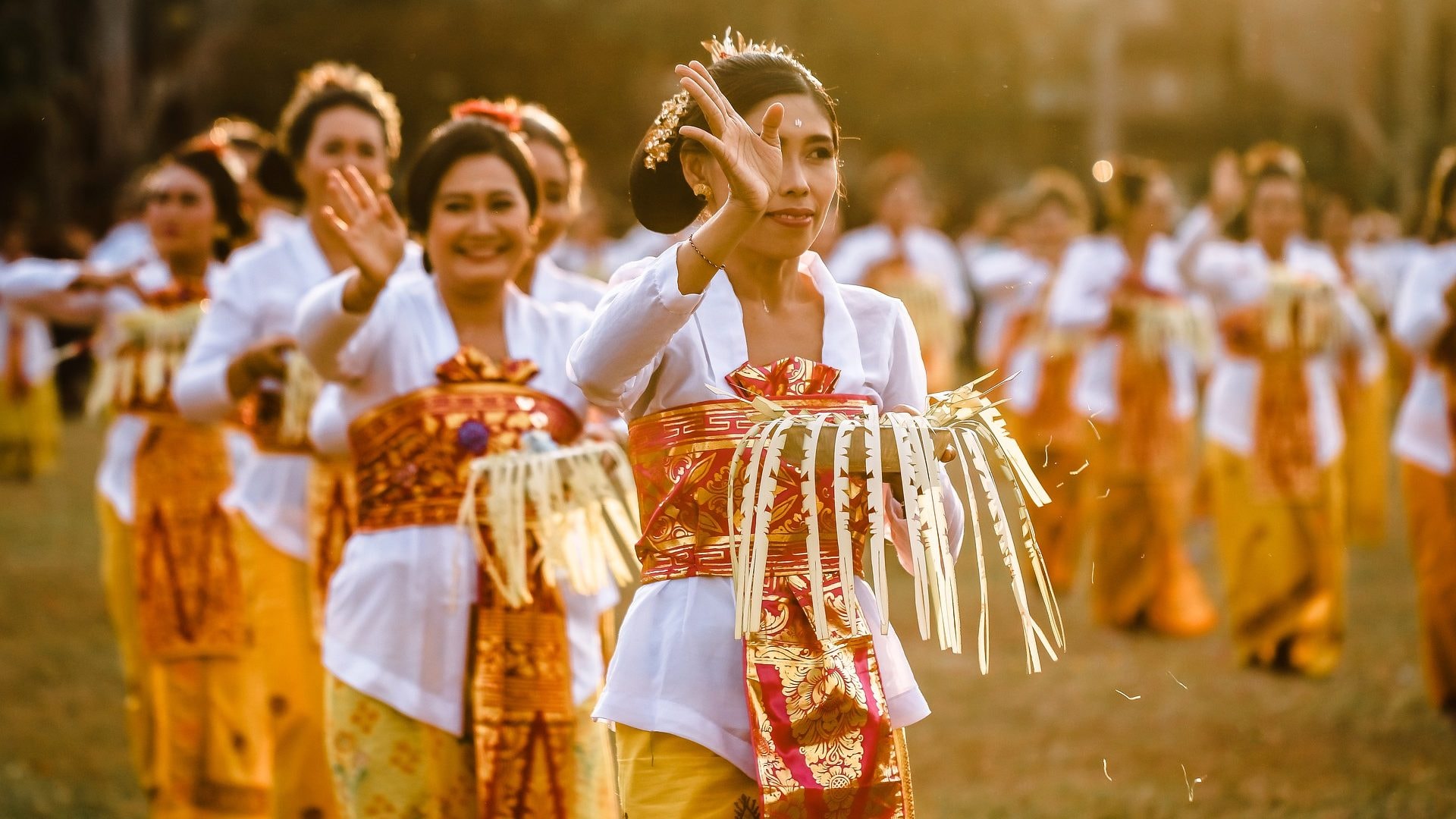
Source: elitehavens.com
Adhering to the dress code when visiting Bali’s temples shows respect for these sacred sites. Visitors should cover their shoulders and backs, and wear a sarong that covers the ankles.
Local markets and shops offer a variety of sarongs and sashes, making it easy to comply with the dress code and even take home a beautiful souvenir.
Etiquette
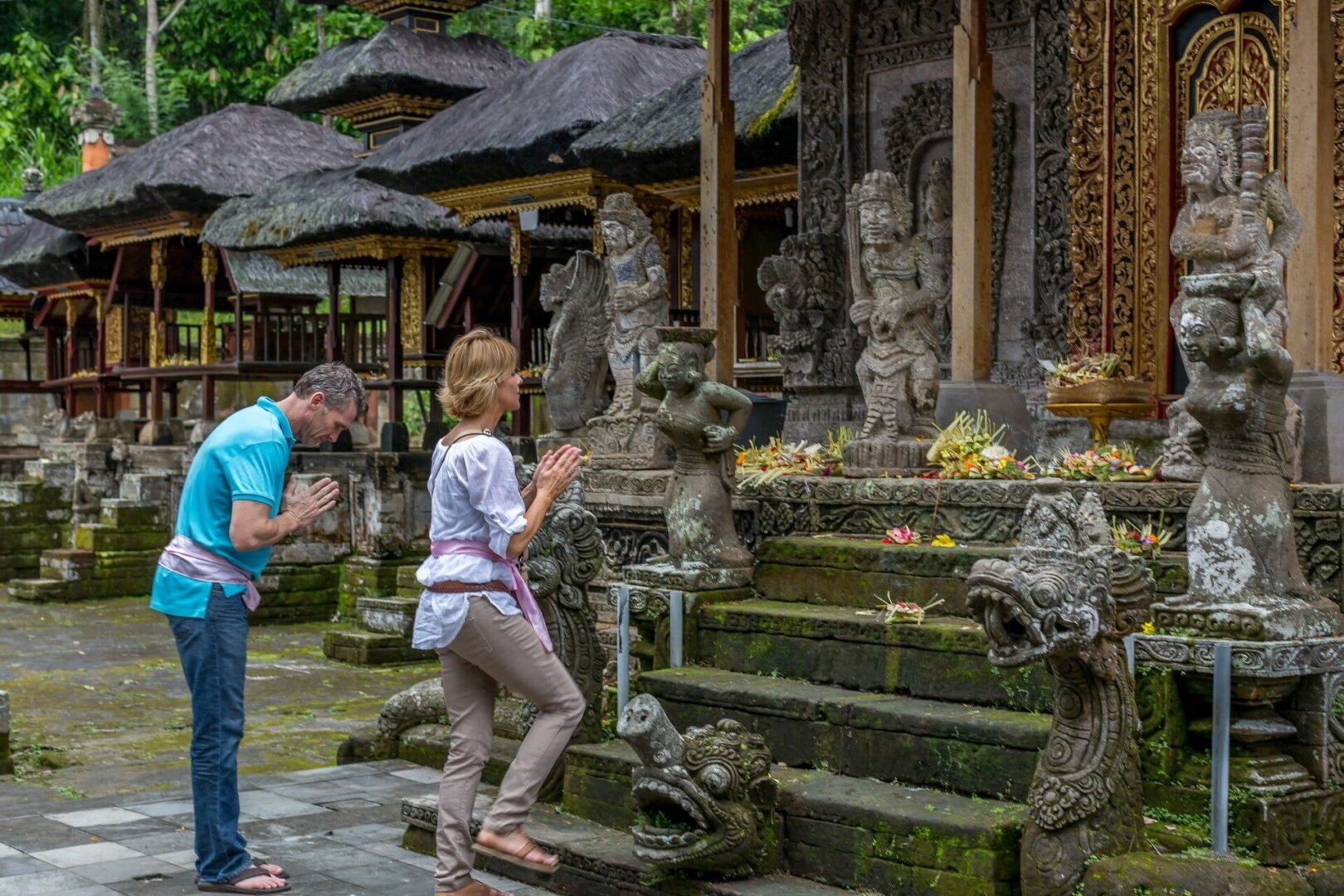
Source: celebritycruises.com
Respect for local customs is crucial when visiting Bali’s temples. Pointing your feet at the altar is considered disrespectful, and visitors should avoid shouting or making loud noises. Proper behaviour honours local traditions and enriches the visitor’s experience by fostering a deeper connection with the temple’s spiritual significance.
Best Time to Visit
Timing your visit to Bali’s temples can significantly enhance your experience. Early morning visits ensure a quieter atmosphere before the crowds arrive, allowing you to appreciate the sacredness and serenity of the sites.
This also provides the opportunity to take unobstructed photos and engage more deeply with the spiritual environment.
Regional Highlights: Temples Across Bali
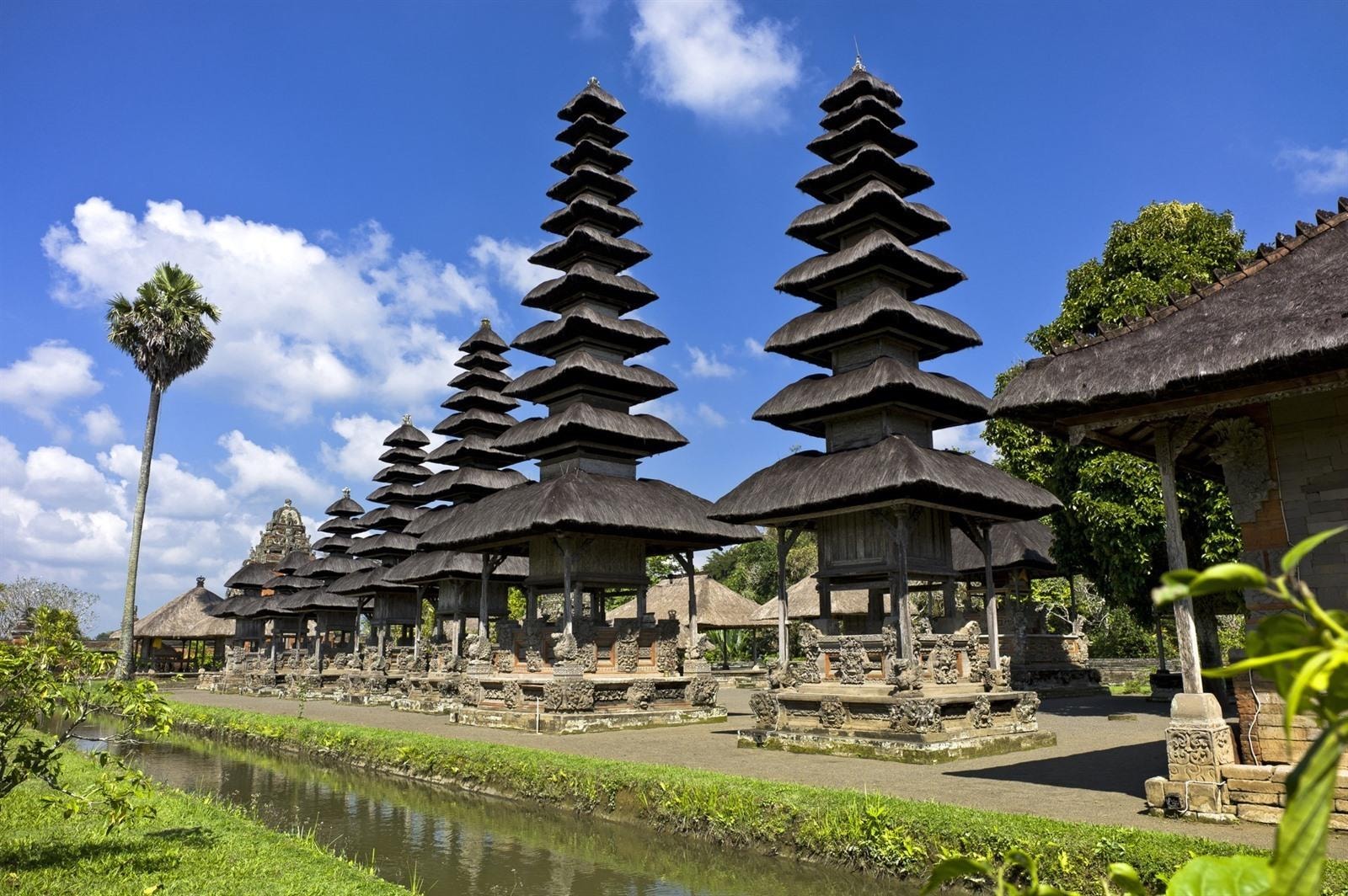
Source: travual.com
Bali, often referred to as the “Island of a Thousand Temples,” boasts a rich cultural and spiritual heritage. Each region of Bali offers unique temple experiences, from the iconic coastal temples in South Bali to the serene sanctuaries in Central and North Bali.
Let’s explore the regional highlights of Bali’s temples that you must visit.
South Bali
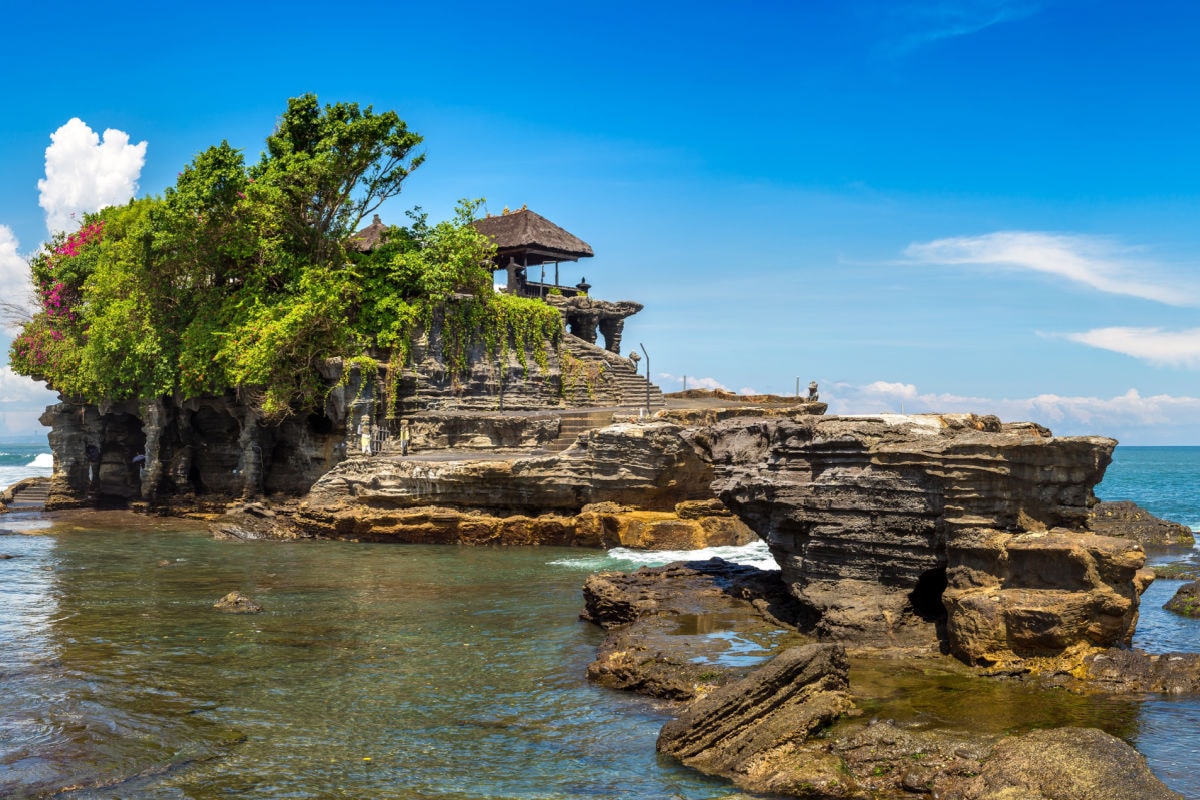
Source: king-adventure.com
South Bali is renowned for its iconic coastal temples that offer breathtaking views and unique cultural experiences. Tanah Lot Temple, famous for its picturesque location on a rock formation surrounded by ocean waves, is particularly stunning at sunset.
Uluwatu Temple, perched on a cliff overlooking the Indian Ocean, provides dramatic views and hosts mesmerising Kecak dance performances at sunset.
Central Bali
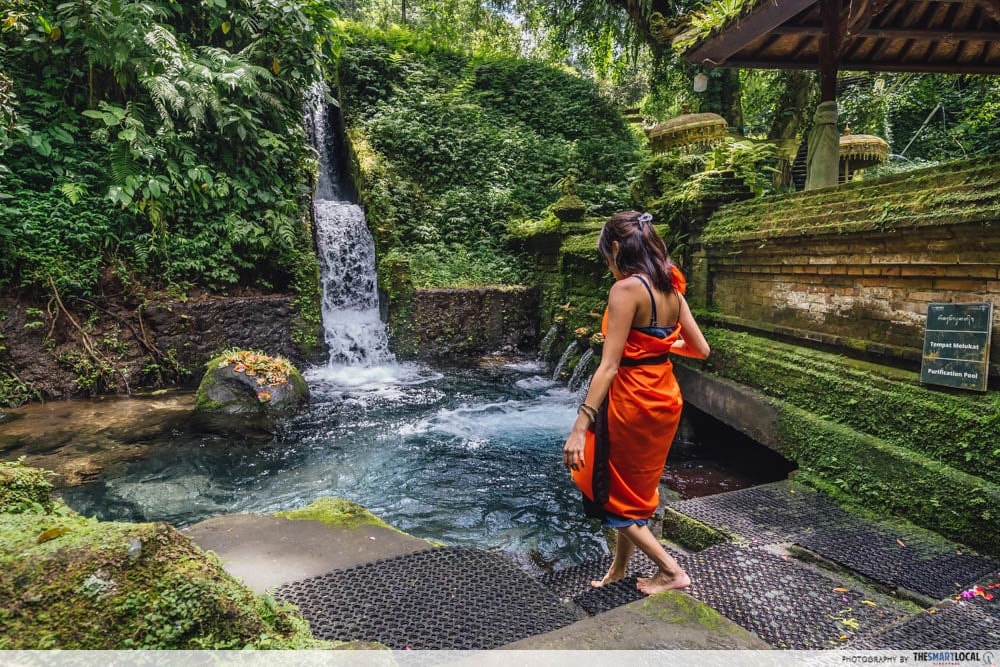
Source: thesmartlocal.com
Central Bali is home to some of the island’s most significant temples, including the Tirta Empul temple and Pura Mengening. Tirta Empul is famous for its holy spring water, known for its healing properties and purification baths.
Pura Mengening, located near Ubud, offers a peaceful atmosphere and sacred spring water, providing a calming retreat for visitors.
North Bali
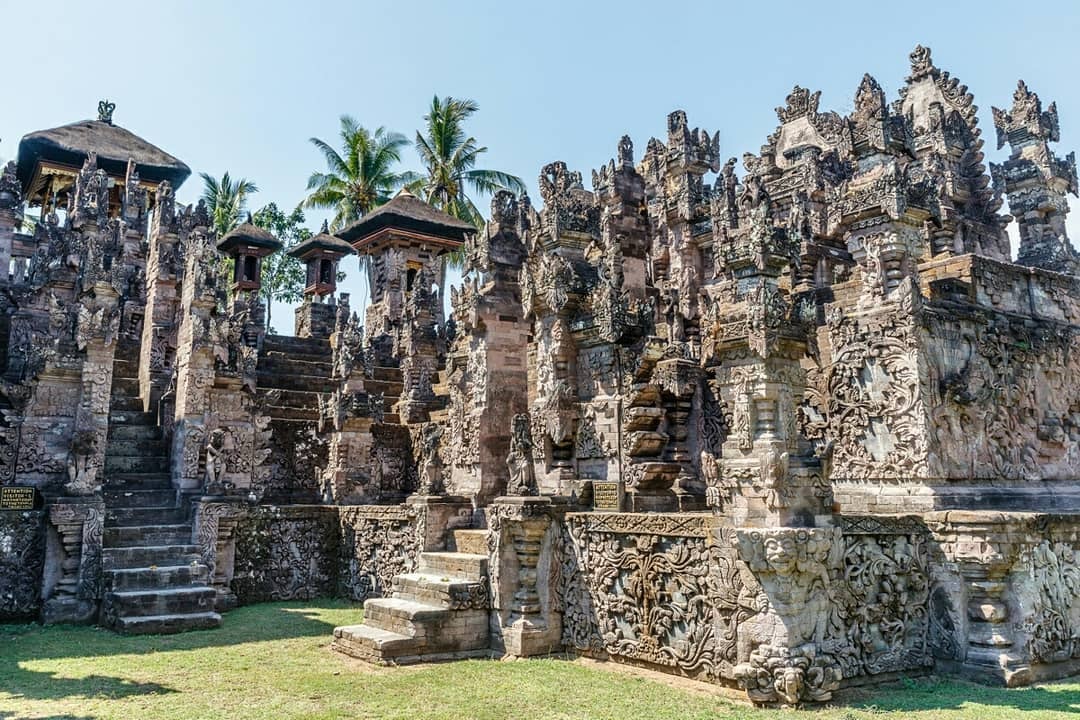
Source: rumah123.com
North Bali offers tranquil temple experiences with unique architectural styles. Pura Ponjok Batu, known for its serene coastal setting and distinctive cliffside construction, provides picturesque views of the ocean.
Pura Beji, dating back to the 15th century, is recognised for its beautiful carvings and serene environment, dedicated to the rice goddess Dewi Sri.
Family-Friendly Temples

Source:rainforestcruises.com
Visiting temples in Bali provides a fun and enriching experience for families, blending cultural exploration with engaging activities for children. Temples such as Pura Ulun Danu Beratan, Saraswati Temple, and Tirta Gangga Temple feature beautiful landscapes and attractions that appeal to all ages.
Pura Ulun Danu Beratan

Source: ukposter.co.uk
Pura Ulun Danu Beratan Temple is located on Lake Beratan. It is a floating temple dedicated to the water goddess Dewi Danu. The temple features a stunning pagoda-like structure with intricate carvings, characteristic of Balinese architecture. The site offers panoramic views of the surrounding mountains and lush forests, providing a serene atmosphere.
Nearby attractions include the scenic Bedugul area, perfect for family picnics and nature walks.
Saraswati Temple
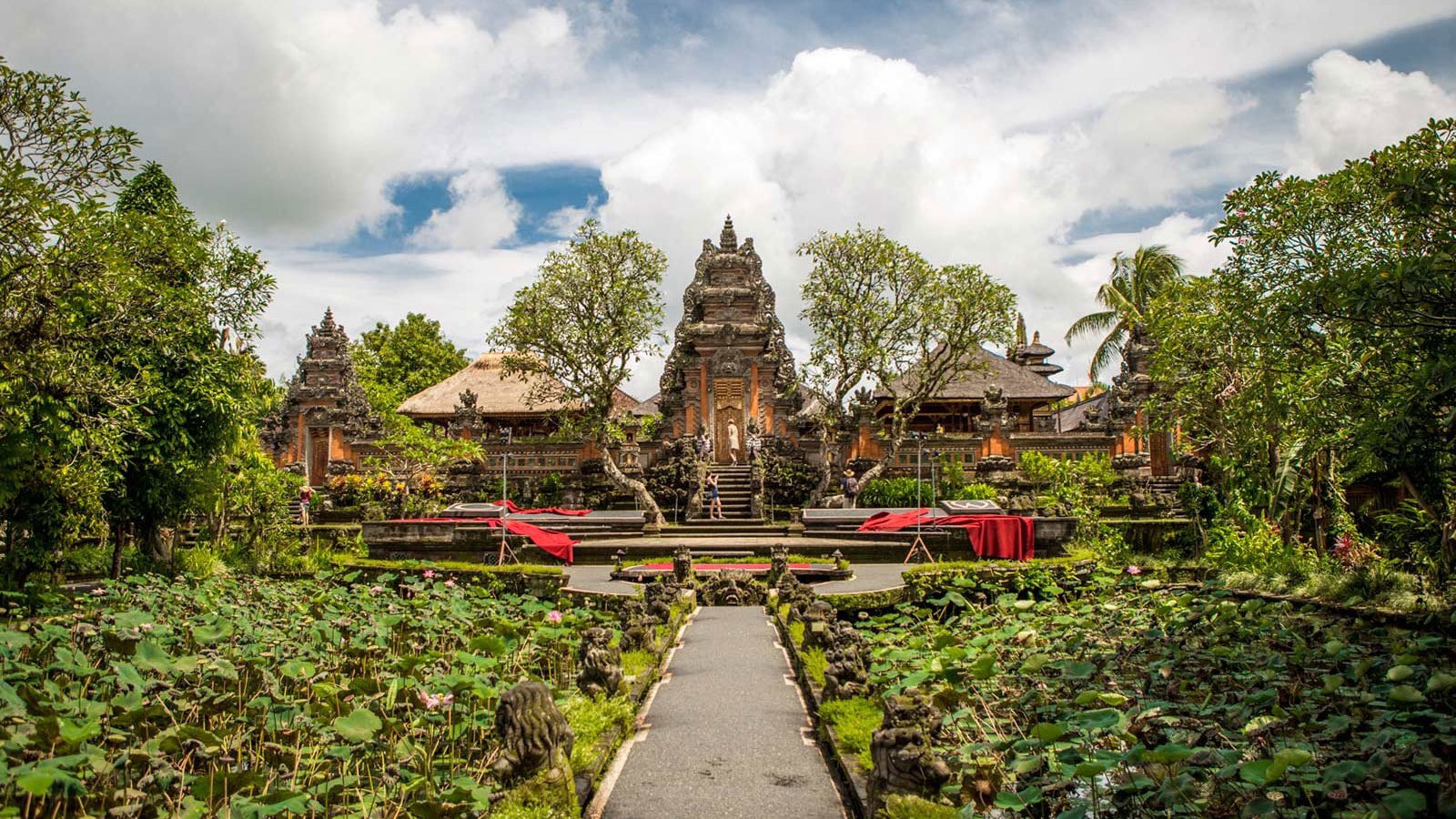
Source: raftingbali.net
Saraswati Temple, known for its picturesque lotus ponds, offers a serene and visually appealing environment for families. The temple does not charge any admission fee, making it an accessible option for family visits.
A visit to the temple typically takes less than 10 minutes, allowing families to enjoy the beauty of the lotus flowers and water lilies without a long commitment.
Tirta Gangga Temple
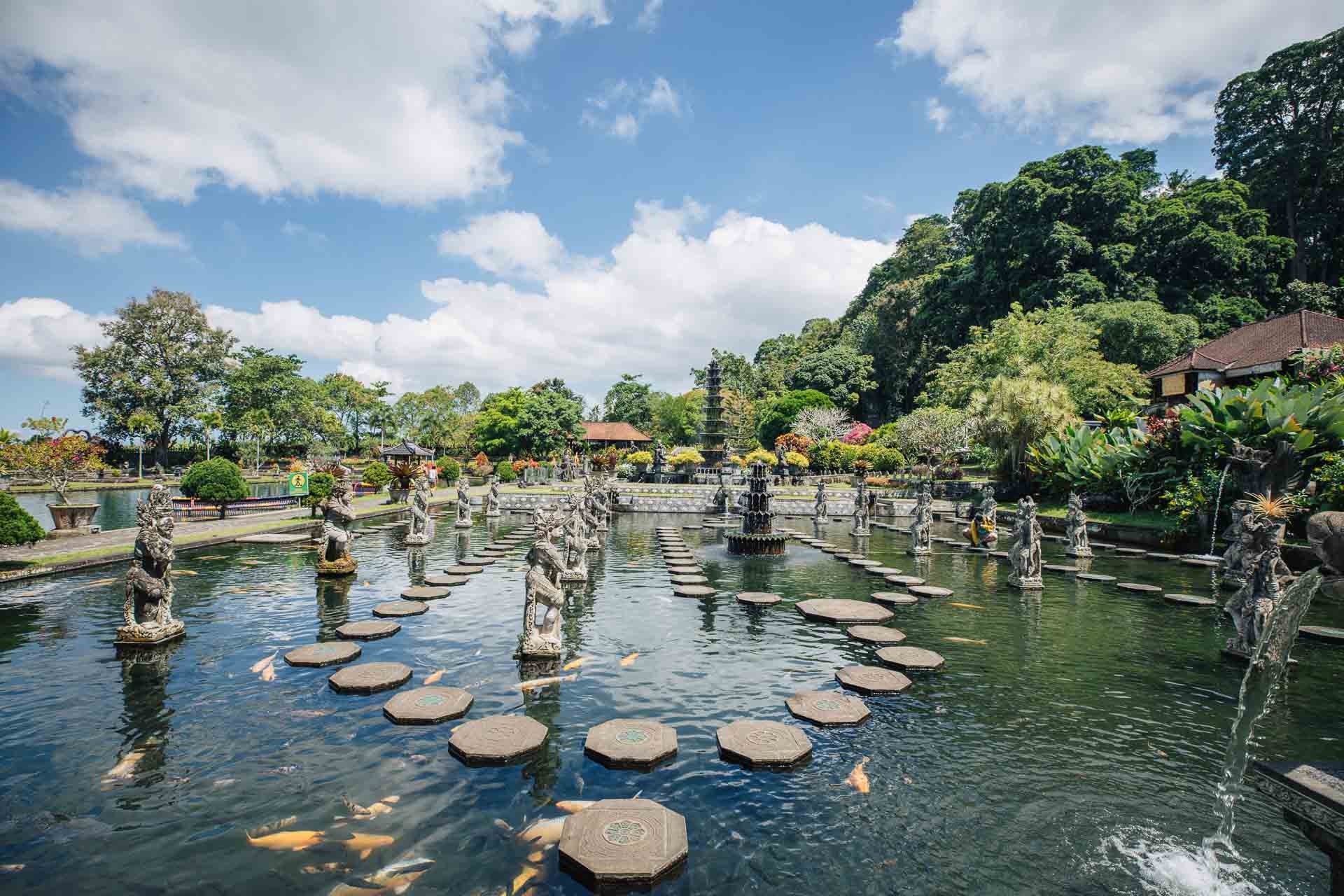
Source: jonnymelon.com
Tirta Gangga Temple, a former royal palace, features beautiful gardens and swimming pools that children will enjoy. The entrance fee is IDR 30,000, with an additional IDR 5,000 fee for the swimming pool, making it an affordable family outing.
The combination of historical significance and engaging activities makes Tirta Gangga a perfect destination for families visiting Bali.
Summary
Exploring Bali’s temples offers a unique window into the island’s rich cultural and spiritual heritage. From the iconic Pura Besakih and Tanah Lot to hidden gems like Pura Gunung Kawi and Ulun Danu Tamblingan, Bali’s temples are not just places of worship but also architectural marvels set in stunning landscapes. Whether you’re a solo traveler, a couple, or a family, these temples provide a blend of beauty, spirituality, and cultural immersion. Remember to respect local customs, dress appropriately, and choose the right time to visit to make the most of your temple-hopping adventure. Let the spiritual journey through Bali’s sacred sites inspire and enrich your travels.
Discover Bali’s spiritual essence with Bali Res Centre’s curated tours, featuring visits to the island’s most revered temples. Alternatively, craft your own personalised itinerary, and embark on a journey of discovery with a private car and driver at your disposal, ensuring an enriching and memorable experience in Bali.
Frequently Asked Questions
What is the best time to visit Bali’s temples?
The best time to visit Bali’s temples is early in the day when you can enjoy a peaceful atmosphere and steer clear of the crowds.
Are there any dress code requirements for visiting Bali temples?
Absolutely, when visiting Bali temples, it’s important to cover your shoulders and legs. A sarong and sash are usually required to show respect for these sacred places.
Which temples in Bali are family-friendly?
Pura Ulun Danu Beratan, Saraswati Temple, and Tirta Gangga Temple are great family-friendly spots in Bali, boasting stunning views and fun activities that kids will enjoy!
What is the entrance fee for Pura Besakih Temple?
You’ll need to pay an entrance fee of IDR 60,000 to visit Pura Besakih Temple. It’s a small price for such a beautiful experience.
Can non-Hindus enter all areas of the temples
No, non-Hindus may find that certain areas of some temples, like the long staircase at Pura Besakih, are off-limits to them. It’s always best to check the specific temple’s guidelines before visiting.

